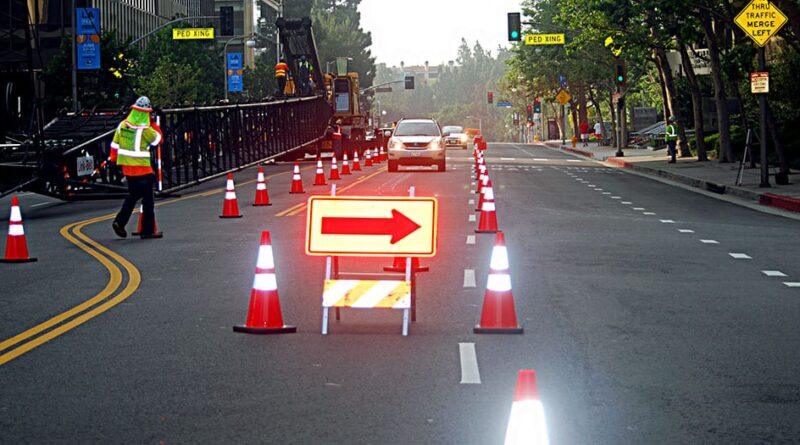A construction site can be chaotic, and traffic congestion around these areas can cause serious safety issues. That’s why all construction sites need to have a comprehensive traffic management plan in place. With the right plan, you can ensure that workers, vehicles, and pedestrians are kept safe while helping prevent any unnecessary disruption to the surrounding area.
So what elements should your construction traffic management plan include? Here’s a closer look at five of the most critical components.
1. Traffic Control Devices
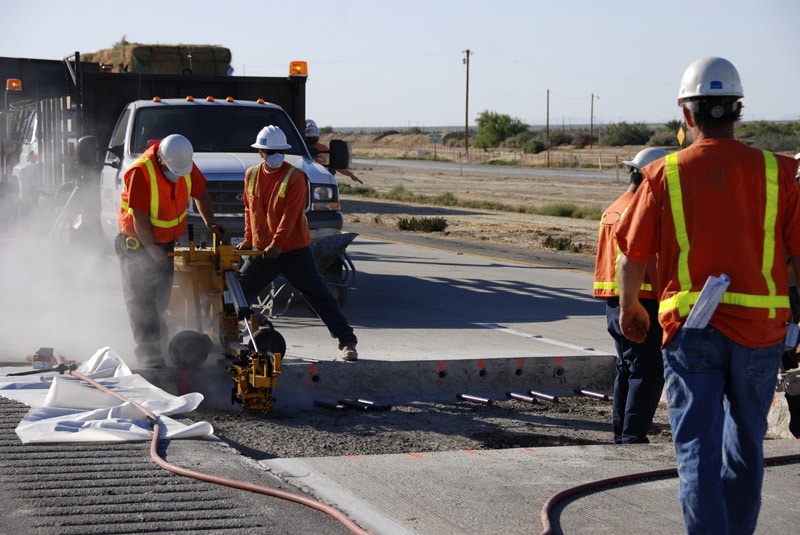
source: pintrerest.com
Using traffic control devices such as delineators, cones, barricades, and warning signs is essential to a construction traffic management plan. As part of the plan, physical devices are used to help direct vehicles and pedestrians around any obstacle or hazard they may encounter while in the vicinity of a construction site.
These portable devices are placed strategically ahead of and throughout the construction zone to remind drivers that they must proceed with caution when traveling in an area with heavy vehicular or foot traffic. Barricades along fences may also be essential since these serve as both visual markers and physical barriers to protect people from potential dangers.
Ultimately, having the proper traffic control devices in place can make all the difference in ensuring that roadway safety measures are implemented to protect those working within or near a construction zone. If you’re within the area, hiring a reliable traffic control company Melbourne clients can easily call for help can be a great assistance.
2. Detour Routes
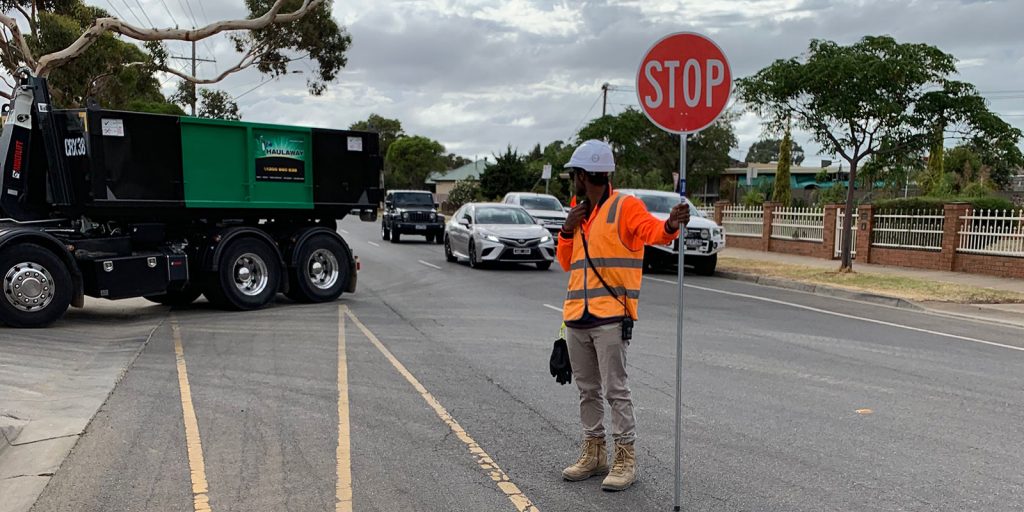
source:pinterest.com
Detour routes are essential to any construction traffic management plan as they ensure a safe passage around any work or construction site. For commuters and vehicles, detours can minimize the time spent in heavy traffic overflowing with construction vehicles and the possible delay in their travel schedule.
Detour routes provide you with peace of mind knowing that there’s an alternative route should delays occur or the flow of traffic be disrupted due to worksite positioning. They should be regularly updated and monitored by those responsible for telecommunications, transportation, and public safety to ensure safe passage for all commuting personnel.
It’s an excellent way for road operators, transportation managers, corporate customers, government entities, and local authorities to navigate daily operational challenges without users being exposed to potential risks.
3. Speed Limit Reduction
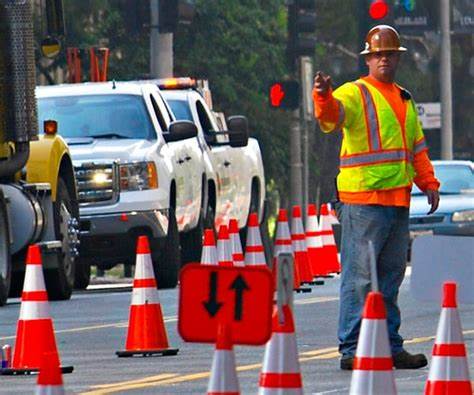
source: pinterest.com
Reducing the speed limit on construction sites is an essential element for creating a comprehensive traffic management plan. It helps ensure that any vehicles traveling through a construction zone are moving at a safe speed and that workers and other personnel remain out of harm’s way. Depending on the project’s complexity, several strategies exist to adjust a site’s speed limit.
One approach is to post signs throughout the area that designate the alteration. It can be supplemented with physical gates or stewards to ensure necessary compliance. Another is to reduce speeds by posting staggered cones in designated areas, with specific lanes kept open for slower driving speeds, among other safety protocols.
Any strategy selected must be well documented by applicable regulations to be legally binding. In doing so, implementing and enforcing sound speed limit protocols will go a long way toward ensuring everyone’s safety onsite.
4. Pedestrian Safety Measures
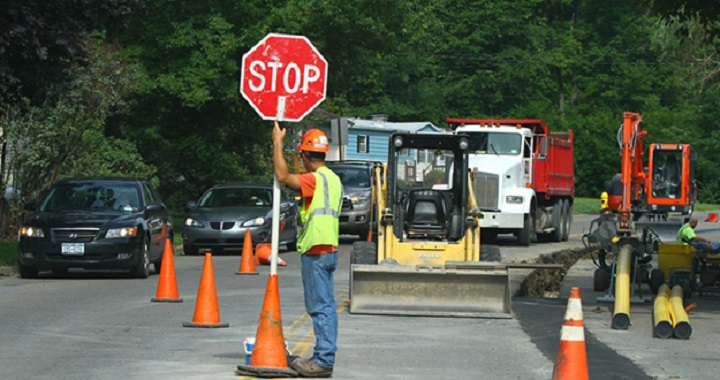
source: pinterest.com
Pedestrian safety is a primary concern for construction traffic management plans. To keep everyone safe at construction sites, several measures should be taken to separate pedestrians from workers and vehicles. First, barriers such as concrete jersey barriers can serve as a physical separation between the work area and the pedestrian walkway.
In addition, workers and visitors should be encouraged to use designated pathways whenever possible. You should mark the paths with signage or paint and brightly colored flags marking boundaries to encourage people to stay in their lanes.
Furthermore, all personnel involved in the site should have proper pedestrian awareness training to look out for anyone accidentally entering the work zone. It includes children or persons with disabilities who may require special care while crossing construction areas.
5. Signage Placement
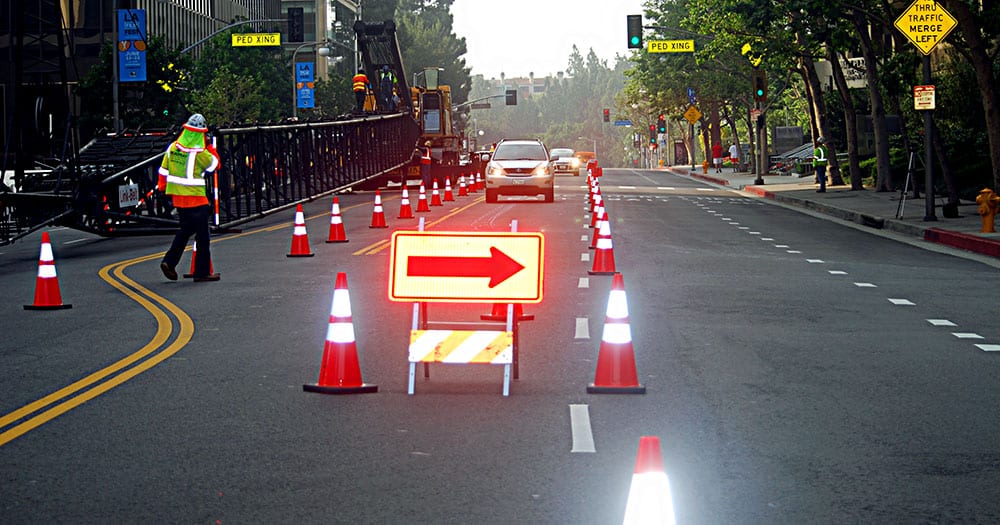
source: pinterest.com
Placing the right signs in suitable locations can be highly beneficial in directing and controlling traffic, informing workers and pedestrians and providing directions to site visitors. It’s essential to consider the size of signs, the selection of fonts and colors, and other details that ensure that they are readable from a distance, especially when placing them along roadsides.
The use of street arrows and lane blockades indicates to drivers where they can safely drive and how fast they should drive, and it helps reduce disruption to local communities. By considering all these features when choosing where to place signage during a construction project, you can create an effective traffic management plan that does its job efficiently.
Takeaway
A comprehensive construction traffic management plan is essential for a construction project. These five elements are vital components that should never be overlooked! By considering each individually during the planning stages, you can rest assured knowing that your team has taken every precaution necessary to ensure safe operation at your worksite from start to finish.

